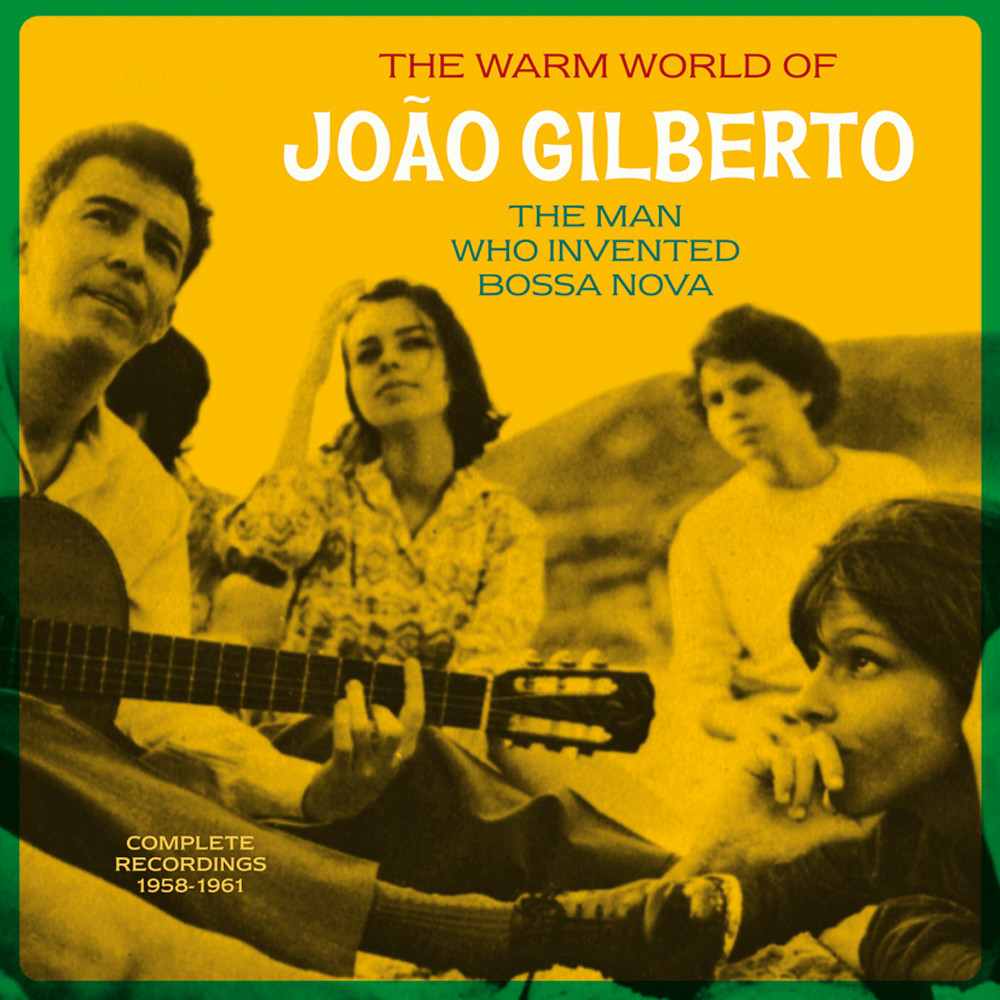Bossa Nova
The music of Brazil in 1958 was alive with influences from within and without. The samba was well established both rhythmically and instrumentally as dance and vocal accompaniment. The nylon string guitar in Brazilian hands was equally comfortable with classical music and jazz. It was an instrument of the people and could be found in formal classical presentations and back street brothels. It was used to give life to the songs and rhythms of the ex-slaves as well as the voice of long-dead European composers of the Royal Courts.
Brazil’s Southern neighbor Argentina had contributed the sophisticated jazz styling of the Tango Orchestras from the 1940s forward, and the Spanish Latin rhythms from Mexico and Central America were everywhere. The clarinet, cornet and saxophone of the American Big Bands were found in all the major cities and woven into the local flavors of street music. The musical landscape was rich and fertile.
A young and fiercely talented young guitarist and composer João Gilberto, with Elizete Cardoso, recorded “Chega de Saudade” on an LP titled ‘Canção do Amor Demais’, composed by Vinícius de Moraes (lyrics) and Antonio Carlos Jobim (music). The song was well-received in Brazil. The fresh-sounding recording included Gilberto’s fingerstyle playing on nylon string guitar and simple voice accompaniment. It wasn’t exactly samba but it wasn’t exactly folk either. It was rich without unnecessary embellishments. There was something about the composition that implied string accompaniment but simply focused on the nylon string guitar. The music was simple, powerful, and new.
French Director Marcel Camus was in Brazil at the time making a movie of the story of Orpheus & Eurydice; re-told in the context of a favela in current-day Rio De Janeiro during Carnaval. The Brazilian title was “Orfeu Negro”; The American title was “Black Orpheus”. The new musical style had exactly the combination of street grit and timeless sophistication. The soundtrack was performed by guitarist Antonio Carlos Jobim including ‘Manha de Carnaval’ by Lois Bonfa (m) and Antonio Maria (w) and ‘A Felicidade’ by Jobim (m) and Vinicius de Moraes (w). The film was released in December of 1959 and found its way to America, and the soundtrack was a hit.
Popular new musical styles require a name. This one became known as ‘Bossa Nova.’ ‘Bossa’ in Brazilian Portuguese was slang referring to an act (or trend) done with an innate charm and natural flair. The expression had lingered in musical circles from the early 1930s. “Nova” is new. It is not clear who first coined the name, but it felt appropriate and stuck.
Nylon string jazz guitarist Charlie Byrd heard the new music and fell under its spell. He brought it to saxophonist Stan Getz and the resulting recordings helped the style circumnavigate the globe. Byrd befriended fellow guitarist João Gilberto and absorbed everything about the music he could. The first Bossa Nova single was possibly the most successful of all time; “The Girl from Ipanema”. During the process of making the recording, they used Gilberto’s wife – Astrud Gilberto – to rough in the vocal track. They assumed they would get a professional singer later. The shy Astrud delivered the lyrics in a dry unassuming and gentle tone. After all, she assumed they would be erased later. Upon playback, Byrd and Getz knew immediately that they had stumbled upon something unique and delightful. They kept the rough takes and Astrud Gilberto became an international sensation overnight.
The new style ran its course over the next five years in the public limelight until being eclipsed by the British invasion around 1963. Numerous recordings by famous jazz performers including Ella Fitzgerald (Ella Abraça Jobim) and Frank Sinatra (Francis Albert Sinatra & Antônio Carlos Jobim) helped the entrenchment of the Bossa Nova as a lasting influence in world music for several decades and even up to the present.
The gentle and sophisticated fingerstyle technique on nylon string guitar hit America at just the right time. Gilberto and Jobim had introduced a new dimension to the instrument that was also reaching broad audiences with Folk music. Here was the humble nylon string guitar — expressive in prisons in the deep South, rich with African-American blues, jazz, country, folk and equally at home at Carnegie Hall in the Hands of Andre Segovia before a philharmonic orchestra performing the vaulted works of the worlds’ most respected dead composers. The simple instrument appeared to have no artistic limitations.
Bossa Nova hits included:
“Manha de Carnaval”
“One Note Samba”
“Desafinado”
“Girl From Ipanema”
“Corcovado”
“O Barquinho”
“A Felicidade”
ⓒ 2009, Leonard Wyeth




